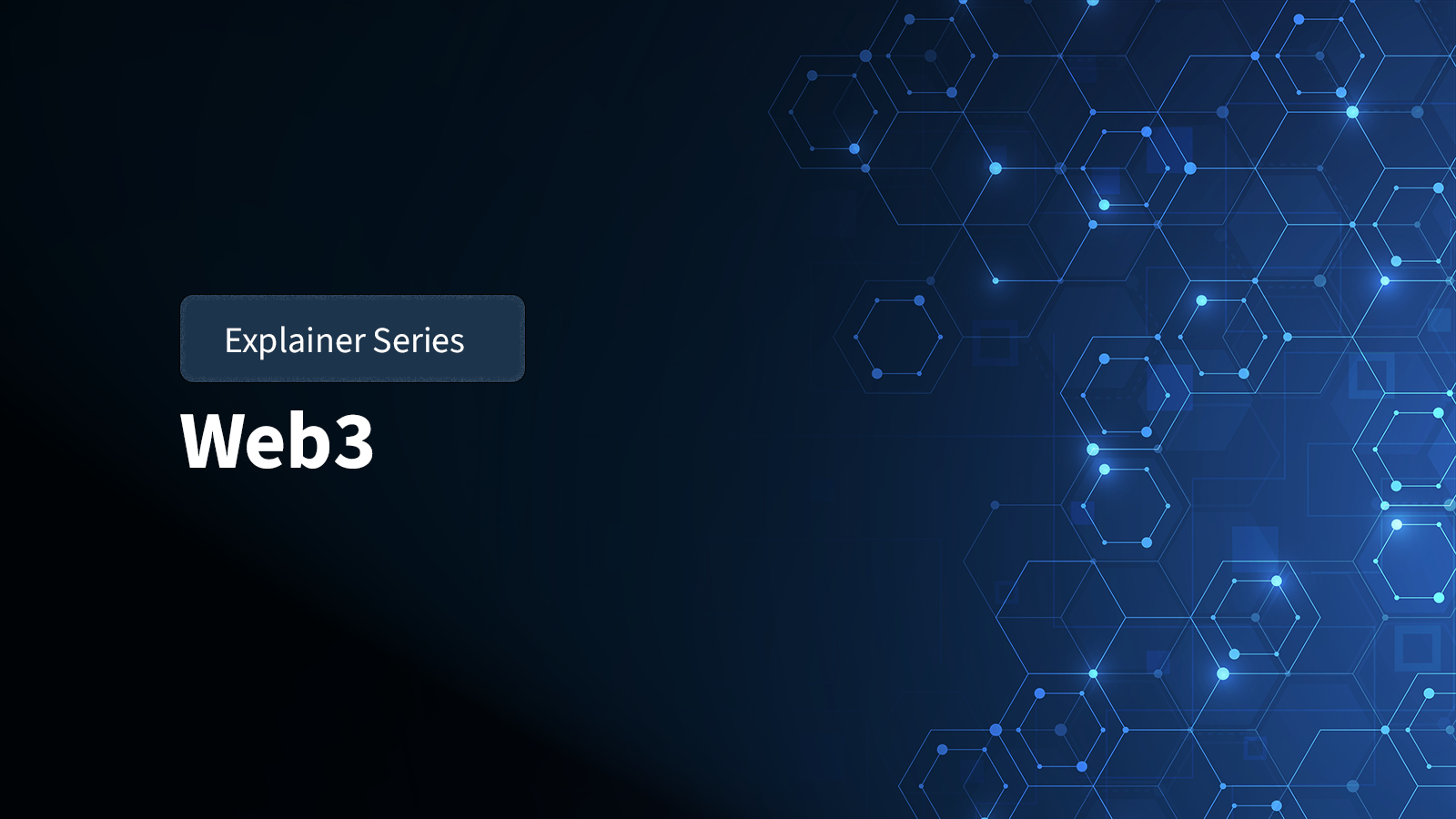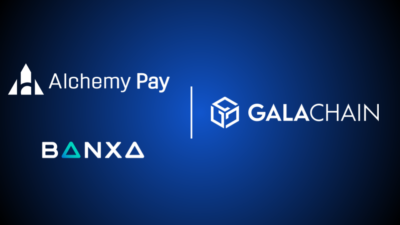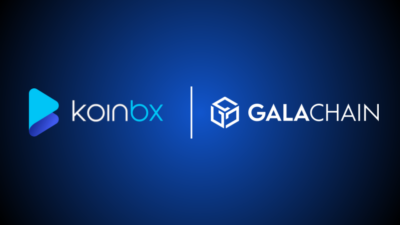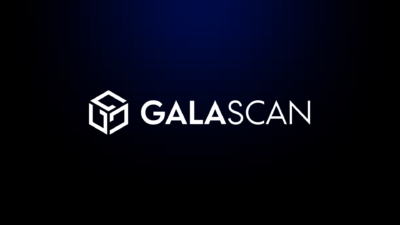The term “Web3” often pops up in discussions about the future of the internet, but what does it actually mean? To understand Web3, let’s first look at how the internet has evolved through its different stages: Web1, Web2, and now, Web3.
Web1: The Read-Only Internet
Web1 was the earliest version of the internet, spanning from the 1990s to the early 2000s. It was a time when the internet was made up of static web pages. These pages were often referred to as “read-only” because they functioned like digital brochures—informational but not interactive. You could only view content, much like flipping through a newspaper or browsing an encyclopedia. Web1 was the era of the personal home page and simple, non-dynamic websites.
Think of it as going to the library and looking at books on shelves: you could gather information, but you couldn’t check anything out or add new books to the collection. Unless you were among the programming elite, you were not likely to have created web pages in those days.
Web2: The Social and Interactive Internet
Then came Web2, the era we’re most familiar with today. Starting in the mid-2000s, Web2 introduced a new level of interactivity and participation. With the rise of social media platforms like Facebook, Twitter, and YouTube, the internet transformed into a space for sharing, commenting, and creating user-generated content.
Web2 is the “social web.” It enabled platforms and applications to gather data and provide personalized experiences. For example, you could “like” posts, share photos, comment on articles, and stream videos. Web2 also ushered in a shift where users became the product—companies collected vast amounts of data to offer targeted advertisements and generate revenue.
Throughout the Web2 era, large social media companies were becoming empires by collecting self-reported data from users of their platforms. Now they are essentially advertising platforms who distribute traffic to smaller-scale marketers and creators willing to pay for it. If you’re looking to get a product in front of the right audience, social media marketing is often the best solution. These platforms know how to effectively target various audiences, based on the information gathered over two decades of consumer use.
A good analogy for Web2 is a public square where everyone can set up booths, interact with one another and contribute to the conversation. However, the square is controlled by a few large companies that set the rules, decide who can participate, and take a cut from every transaction.
Web3: The Ownership and Decentralized Internet
Web3, sometimes referred to as the “decentralized web” or the “ownership internet,” is the next evolutionary stage. While Web1 was about reading information and Web2 was about interacting and creating content, Web3 aims to give users ownership of their content, digital assets and online identity through the use of decentralized technologies like blockchain.
Blockchain serves as the backbone of Web3, allowing for transparent, secure and decentralized record-keeping. This technology enables the creation of digital assets such as cryptocurrencies (e.g., Bitcoin, Ethereum), non-fungible tokens (NFTs) and decentralized applications (dApps). In essence, Web3 uses cryptography and decentralized systems to distribute power and control away from centralized entities, like tech giants, and back to the users.
Web3 is building a new internet world where you no longer just post a photo or upload a video, only for the hosting platforms to monetize your content. Instead, you have new options to own that content directly, decide how it’s used and even get compensated for it without the need for a middleman.
Why is Web3 Important?
True Ownership of Digital Assets
In Web2, your digital presence and content are owned and controlled by the platforms you use. If Instagram or YouTube decides to delete your account, all your content could vanish. With Web3, you own your digital identity and assets. These assets—whether they’re cryptocurrency in your wallet or digital artwork as NFTs—are stored in a decentralized manner, making it much more difficult for a single entity to take them away.
Decentralization
Web3’s decentralized nature means there is no single point of control or failure. Instead of relying on centralized servers and companies, Web3 applications operate on a network of nodes (computers) maintained by users, making them more resilient to censorship and data breaches.
Blockchain nodes are essentially points of data intersection on a decentralized network, or joints. They are user-operated checkpoints where transactions and smart contracts are validated to ensure the integrity of the blockchain, no matter how large.
With decentralization also comes unprecedented scalability. Prior to Web3, networks were limited in their growth by things like real estate, energy consumption and warehouse space for servers. In Web3, decentralized networks have the ability to grow much larger, distributing their operations all over the world.
Transparency and Trust
Blockchain technology makes every transaction transparent and verifiable. This transparency helps build trust in digital interactions and transactions, whether it’s tracking the authenticity of digital art or verifying a peer-to-peer financial transaction.
In many ways, the transparency of Web3 reduces the need for trust. While online banking is streamlined and convenient, it requires the user to trust that their money is safe. Web2 systems typically require users to exercise trust, while the transparency and security of Web3 systems reduce the amount of trust required.
Incentives and Participation
In Web3, users can be rewarded directly for their participation. For example, some decentralized social media platforms reward users with tokens for creating content, commenting or participating in discussions. This is a stark contrast to Web2, where the platforms, not the users, profit from the content and activity.
This aspect of Web3 is what inspired Gala’s founders to first create a world of Web3 gaming that allowed players to own and trade their in-game items. Instead of committing to pay a large portion to the social media platforms in control of Web2 marketing, Gala is on a mission to return that control and freedom to its users. It is through this incentivization first approach that Gala Games was able to award over $1 Billion in value to player-owners in its gaming ecosystem in just the first 2 years of operation.
Today, Gala’s core brands of Games, Music and Film (along with the numerous in-development third-party GalaChain projects) present a variety of ways to collect digital assets and get rewards for participation in the ecosystem.
Play Gala Games
Listen to Gala Music
Watch Gala Film
Interoperability and Composability
Web3 applications are often designed to be interoperable and composable, meaning that different applications and platforms can work together seamlessly. This fosters innovation and enables developers to build on top of existing projects without needing permission or integration deals.
Gala invites external developers and innovators to build on its layer-1 blockchain, GalaChain, using the GalaChain SDK and the Gala Creators toolkit.
Real-World Use Cases of Web3
Decentralized Finance (DeFi): Financial services built on blockchain that operate without a central authority, enabling peer-to-peer lending, borrowing, and trading.
NFT Marketplaces: Platforms like OpenSea and Rarible allow artists to mint, sell, and auction digital art as NFTs, providing new revenue streams for creators.
Gaming and Virtual Worlds: Games like Common Ground World and virtual worlds like Decentraland let players truly own in-game items, characters and virtual real estate, which they can sell or trade with others on peer-to-peer marketplaces.
Decentralized Social Networks: Platforms like Mastodon and Lens Protocol provide social networking experiences without the control or data surveillance typical of Web2 social media platforms. GalaChain even has its own gamified social media network: Rep.run.
Challenges and Future Outlook
Web3 is still in its early stages and faces several challenges:
User Experience: The technology is complex, and using Web3 applications often requires a steep learning curve, particularly around setting up digital wallets and managing private keys.
Scalability: Current blockchain networks, like Ethereum, struggle with high transaction fees and slow processing times during peak usage.
Regulatory Uncertainty: Governments and regulatory bodies are still figuring out how to approach decentralized technologies, which creates uncertainty for developers and users.
Despite these hurdles, Web3 holds immense potential to reshape the digital landscape. As technology matures and more people become aware of its benefits, we could see a new era of the internet where users have true ownership, privacy, and control over their online experiences.
Web3 represents a paradigm shift in how we interact with the internet. It’s not just about making existing systems more efficient but about fundamentally rethinking how we create, interact with, and own content and assets online. While the journey toward widespread adoption is still ongoing, the principles and technologies behind Web3 lay the groundwork for a more decentralized, transparent, and user-empowered internet.





